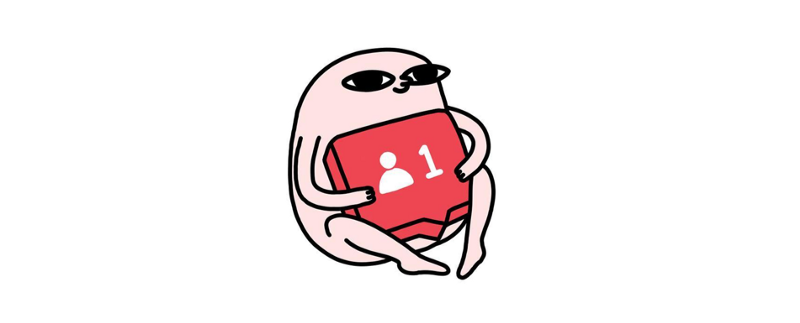The 9 most important lessons from my first year at Ueno
Last September, I started my first full-time job as a product designer at Ueno. I had applied online and did a brief trial period where I worked with Ueno for three days. There, I met my future mentor Carolyn. I guess she thought I was okay, but she probably hired me for my amazing but mostly dumb tweet:
I just realized a dog is called a dog because the word looks like a dog!!! 🐩🐩
— Steph Jeong
I actually had no idea what I was looking for in a job. And, looking back, I probably had no idea what being a designer at Ueno even meant. But after the trial period, I accepted my offer because everyone on the team was better than me, and at least I could learn by watching them.
And I was right. For the first three months, I had to constantly play catch-up and improve my craft, from sharpening my attention to detail to flexing my higher-level problem-solving skills. The months after that were even harder, because I had to master the soft skills that you’re not taught in school. Obviously, I still have a long way to go, but I’ll share some I’ve learned so far.
1. Be more than empathetic. Make friends.

By Ketnipz
Empathy~~~! (*jazz hands*) It’s a word so overused in design that it’s practically lost its meaning, but it’s critical to a project’s success. Designers usually talk about empathy with users, but being empathetic with your teammates and clients is equally important. How can you work well with them if you don’t understand them?
The first time I worked with a client on my own, I struggled. A lot. I became defensive about my design decisions, felt misunderstood and underestimated, and was frustrated all the time. The work suffered because of it. So I asked for advice from our resident client-whisperer, Luisa. She had an amazing personality, but that wasn’t the only reason why everyone loved her.
Her magic was simple: everyone likes working with nice people, but when you treat the people you work with as friends, everything just gets easier. Get to know them, their stories, their hobbies — and share more about yourself too. You’ll be less likely to argue, more open-minded to each others’ ideas, and you’ll both understand that you want the best outcome for the project and for each other. And with that, you’ll develop the trust needed for a great working relationship.
This doesn’t just apply to clients, but to coworkers too. A homebody like me doesn’t dread going into the office on Monday, because I truly love the people I work with. We come from all over the world, and it’s sometimes difficult to understand everyone’s different perspectives and backgrounds. So we make sure to take the time to learn about each other and understand where people are coming from. We share our work problems, our life problems, and our dumb jokes. We know when to provide more support and when to be more critical with each other. Sure, we’ll still disagree sometimes, but we know people are always coming from a good place because we care about each other.
2. Talking more doesn’t give you more authority. Listening well can.

I used to get nervous about meetings because I felt like I always needed to say something smart to impress everyone. When I couldn’t come up with anything smart to say, I would just try to say anything because otherwise I felt like I didn’t contribute.
When I shared this concern with Carolyn, she told me, “If you have nothing to say, there’s nothing wrong with just listening.” She mentioned Halli, our CEO, as an example of someone who mostly listens. Most of our internal meetings with Halli are led by other people, sharing their work and getting feedback. He usually lets others give their opinions first, and makes space for people who are more shy. The only time Halli actually says something is when it’s absolutely needed, and this give his words a lot more weight.
Some people might say this is because Halli is the CEO, and whatever he says probably feels very absolute, but you can also see something very similar with our producer Kyle. When Kyle holds a meeting, you might not really notice him because he’s listening most of the time. When he talks, it’s to give someone else a chance to speak, or to help us ask/answer the right questions. Meetings just don’t run as well without him. Just by watching him, I’ve learned that you can be an incredibly valuable presence when you speak to move the discussion forward, rather than saying an opinion for the sake of having one.
3. Chill out.

It me.
Over the past year, I’ve improved a lot at the craft of design, but my biggest growth as a designer — and as a person — has been learning to relax and not stress out so much.
Last year, I was the most anxious, paranoid person you could ever find on the planet. On my first business trip, I missed the flight back to San Francisco, and I honestly thought I’d never be able to get home. Classic overdramatic Steph.
I called Carolyn from the airport on the verge of tears. She said something that I now remind myself of every day:
“If there’s nothing you can do about it, don’t worry about it.”
She told me to go get some breakfast and chill in the airport for a while. And, when I finally feel okay, I can go to ask the people at the airline counter to take the next flight. She was right. I calmed down, made it back to SF, and now I always get to the airport two hours early.
Of course, there are the (many) times I’m anxious about situations I do have control over. When something is ambiguous and daunting, it’s easy to get paralyzed by fear. Where do I start? What if that’s wrong? What if I mess up?
I’ve messed up at work plenty of times, but have also seen how my anxiety gets in the way before anything even starts. After a year of diving into unknowns and coming out just fine, I’ve learned to give myself some credit and think to myself that there’s no reason why I can’t do something. And even if it goes wrong, it’s not the end of the world. We’ll figure it out, together.
